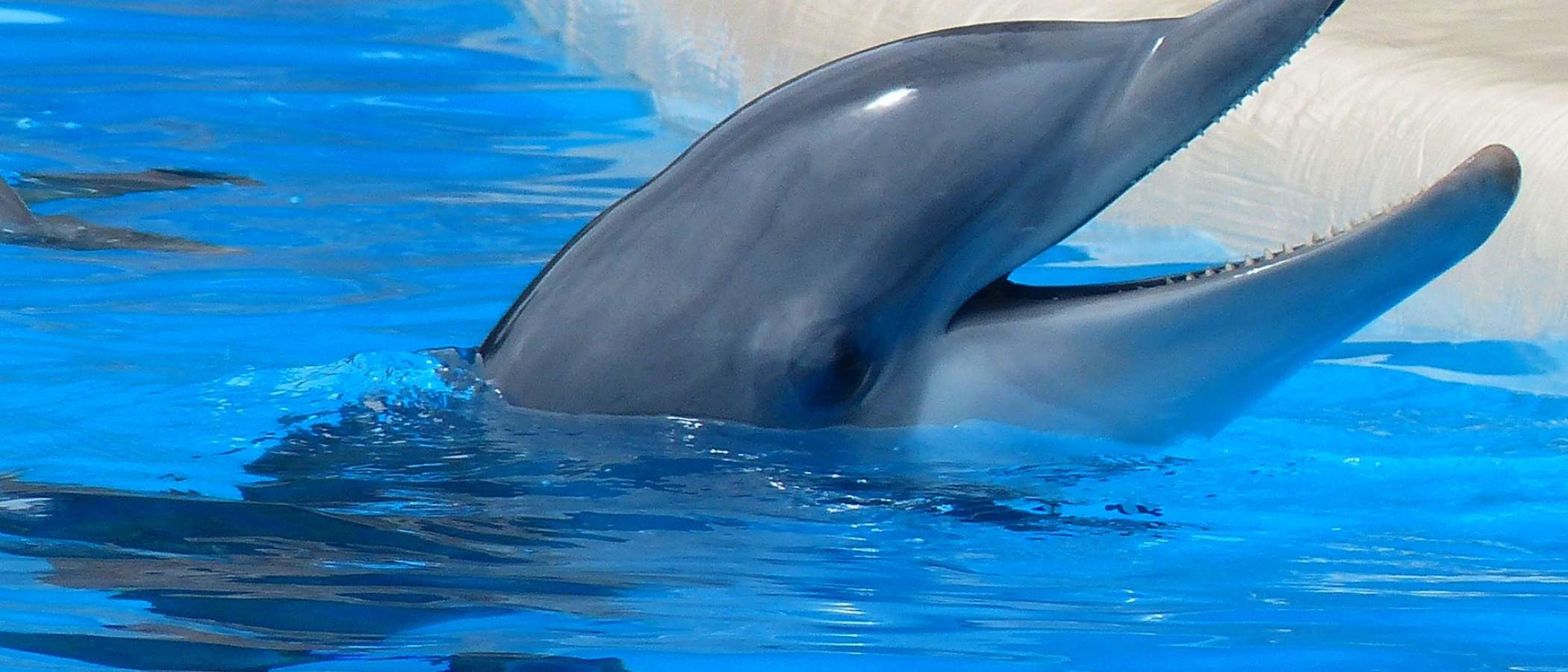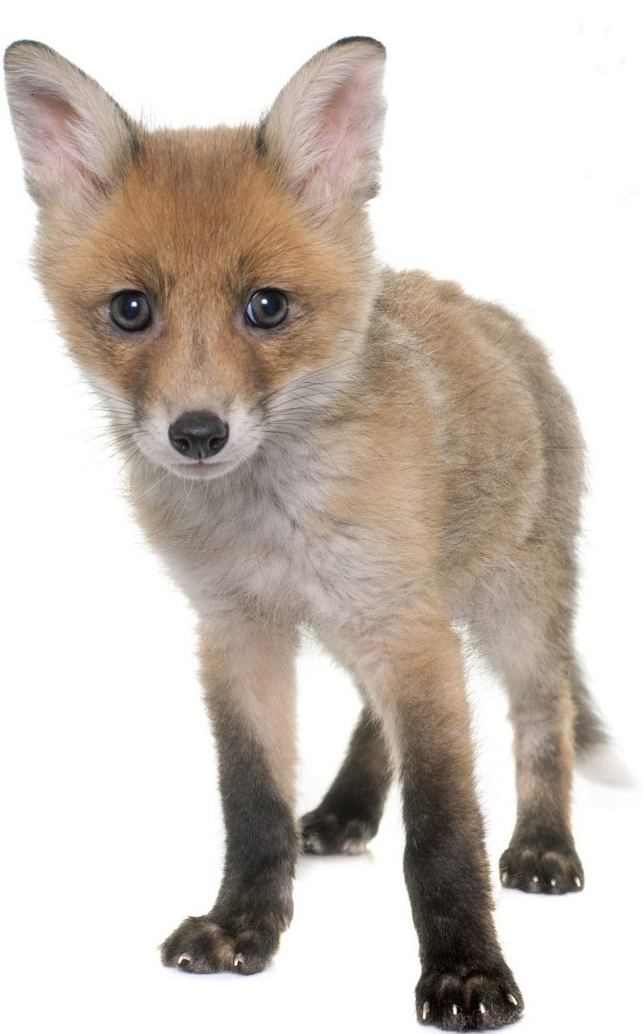We denounce
- Abandonment. Causes and Consequences
- Alternative methods to animal experiments
- Animals in circuses
- Breeding and hunting animals to show off their fur or skin
- Captivity shows and therapies
- Experimenting with animals
- Hunting, capturing and trafficking
- Intensive animal breeding
- Torture shows
- Transport over long distance or in bad conditions
- Zoos are like prisons
Captivity shows and therapies

The dolphins that are most used by the captivity industry belong to the bottle-nosed species (Tursiops Truncatus).
Dolphinariums: Captivity shows and therapies
The dolphins that are most used by the captivity industry belong to the bottle-nosed species (Tursiops Truncatus). These marine mammals usually measure between 2.5 and 3 metres and weigh between 140 and 270 kilogrammes. Images on films and in series, where wild dolphins are shown as getting on with and helping people, have created a mythical and distorted image of them. Unfortunately for the dolphins, their wild nature – sometimes aggressive-, is disguised by the rictus of their face, which humans tend to associate with a smile, giving the impression that they are happy and satisfied.
LIFE IN FREEDOM
In nature, dolphins usually swim between 80 and 160 kilometres a day, they submerge to a depth of various metres and only spend 15% of their time on the surface. They live in groups of between 15 and 60 individuals, with very united and lasting social ties. One of the most developed senses and by which they perceive their surroundings is through the echo localization: a sophisticated sonar system that these sensitive and intelligent creatures have.
LIFE IN CAPTIVITY
The conditions that they have to submit to and adapt to affects them negatively both physically and psychologically as they are not comparable to their wild life in the oceans.
Most of them live in tanks and swimming pools of reduced or limited dimensions and not very deep. Individuals of different origin and source are grouped together, forcing them to create completely artificial social groups, which prevents them from creating a hierarchy. Captivity tends to atrophy their sophisticated sonar system, which constantly bounces off the limited water tank walls, causing them instability and deafening them.
Other negative effects include: Brain atrophy (particularly in the parts related to communication). Changes in acoustic behaviour (they rely more on visual stimulation). Domination problems. Stress and physiological anguish that can cause neurosis and making them become more susceptible to illnesses. The shows of swimming with dolphins or “therapies” entail additional stress to what they already normally suffer in captivity.
CHANGES IN BEHAVIOUR AND UNFORESEEABLE REACTIONS
The consequences of frustration, boredom, stress provoked by anti-natural conditions of captivity and forced interaction with humans, causes a tendency in the dolphins to often behave in a ridiculous way (submission or aggressiveness) with people or other dolphins. Dolphins are wild marine mammals with their own standards of behaviour and social rules. Their innate way of courting and playing is different to ours and on occasions, the way they behave could be potentially dangerous to humans. EDUCATION.
Captivity poses a debate regarding the right and justification of people to subject, dominate and use wild animals for entertainment, or as an excuse for supposed therapy, when there is also no proof that it works.
WHAT CAN YOU DO?
- Not go to this type of show nor participate in them. Their increase and continuity depends on the public that attends. While in some countries they have been forbidden, in others they have increased as a tourist and commercial attraction. In Spain, the number of dolphins in captivity has increased. In spite of restrictions imposed by law, the majority of them have been captured while in freedom.
- Ask us for more information. ADDA has various reports on the matter and it is a member in Spain of the European Coalition ENDCAP (End Captivity)




